A Monster Calls ★★★★
The career of Spanish filmmaker J.A. Bayona began with The Orphanage (2007), a gothic drama godfathered by Guillermo del Toro (Pan’s Labyrinth, 2006) that shared his interest in the imaginative life of children, and in ghosts. In the 2012 survival pic The Impossible and his latest film, A Monster Calls, Bayona has shown himself to be a less florid stylist than his mentor, and The Orphanage’s story of parental devotion has become a recurring theme.
The Impossible saw Naomi Watts and Ewan McGregor as tourists caught in Thailand’s 2004 tsunami, desperately trying to save their three boys. Bayona’s next project was for television, directing the first two episodes of Sky’s surprisingly moving Victorian mash-up Penny Dreadful, a show driven by the desperate search of a father (Timothy Dalton) for his missing daughter, and the surrogate one (Eva Green) who aids him.
Continue reading for only $10 per month. Subscribe and gain full access to Australian Book Review. Already a subscriber? Sign in. If you need assistance, feel free to contact us.



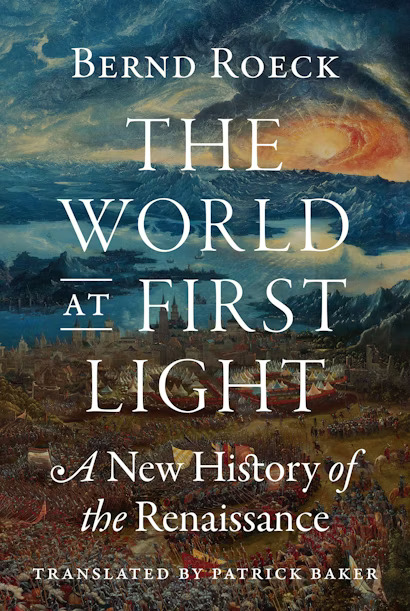
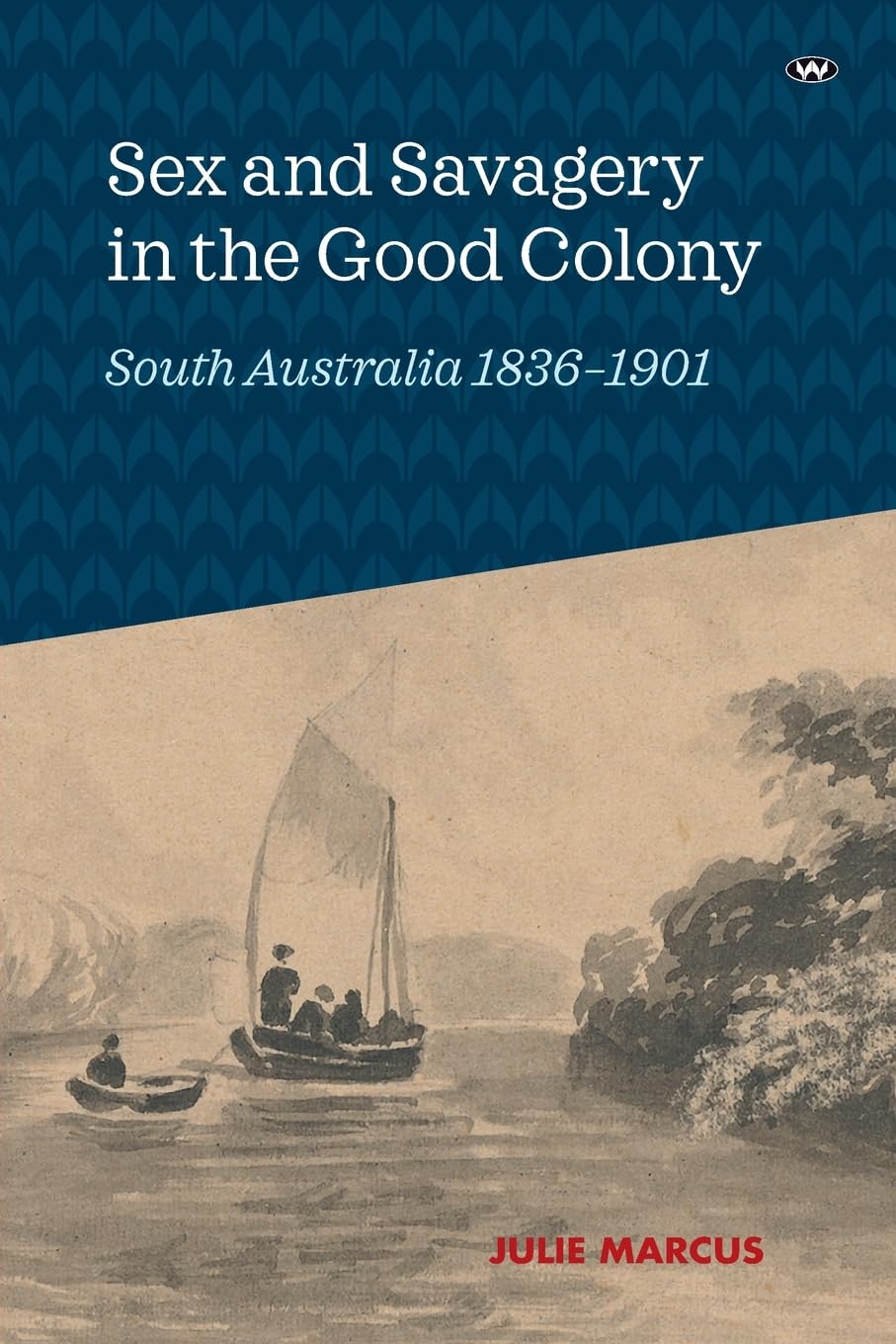

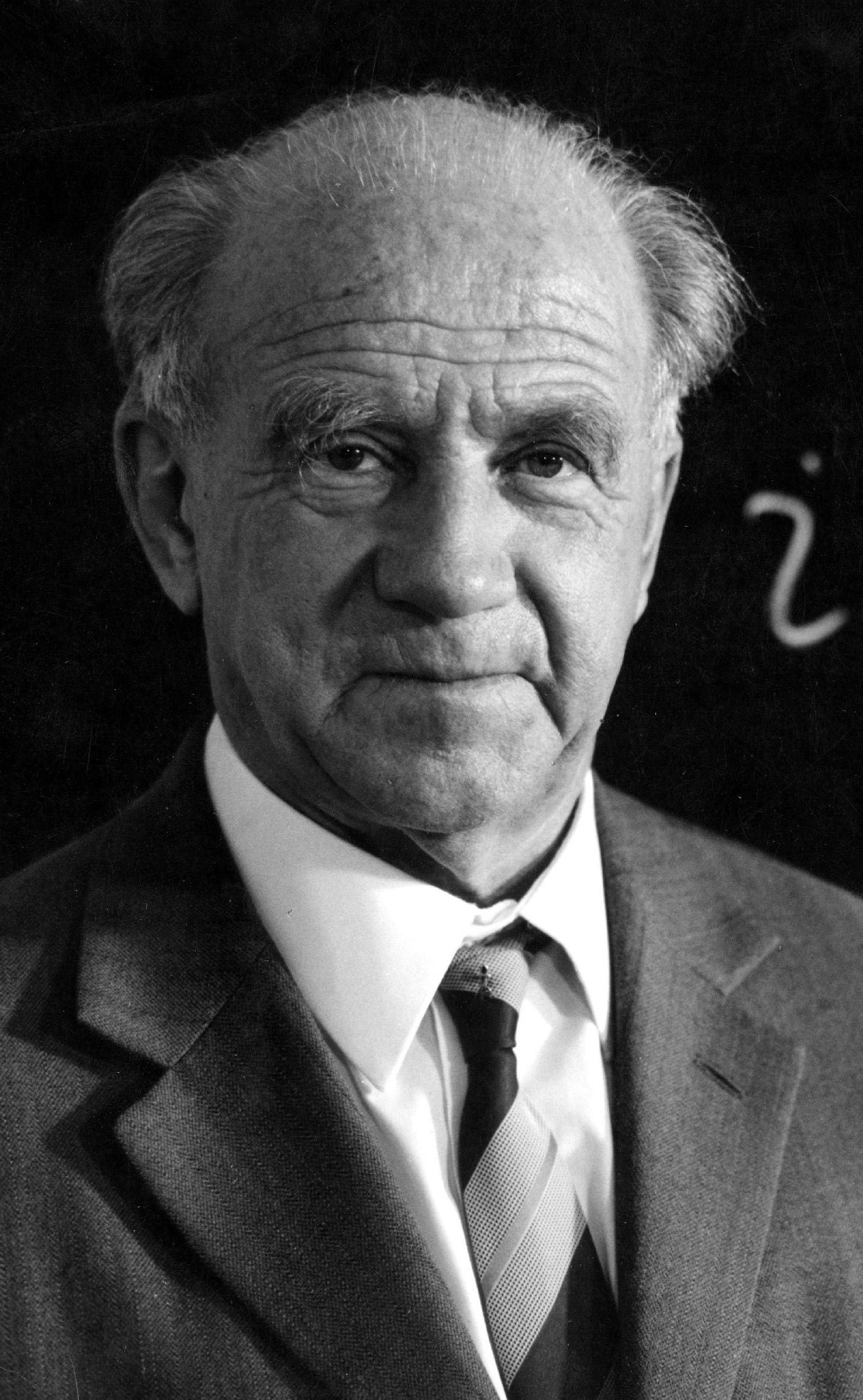
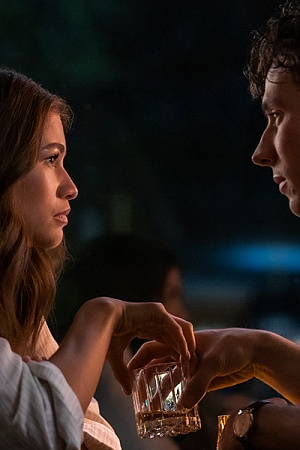
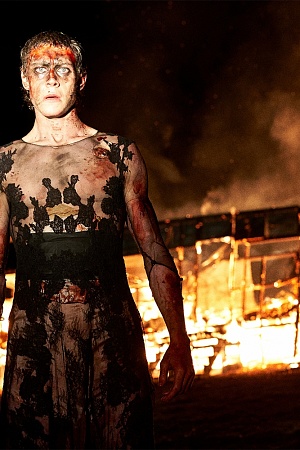
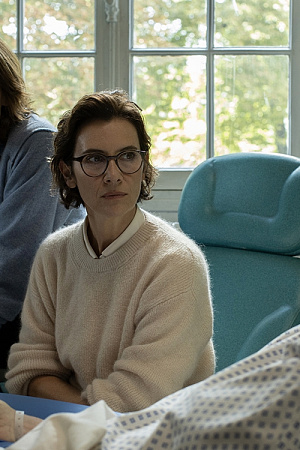
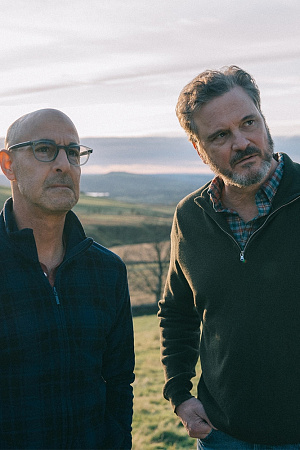
Leave a comment
If you are an ABR subscriber, you will need to sign in to post a comment.
If you have forgotten your sign in details, or if you receive an error message when trying to submit your comment, please email your comment (and the name of the article to which it relates) to ABR Comments. We will review your comment and, subject to approval, we will post it under your name.
Please note that all comments must be approved by ABR and comply with our Terms & Conditions.